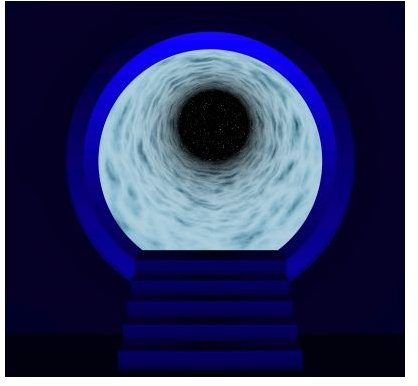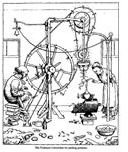Finding Investors for New Inventions
Large Corporations
Large corporations with dedicated research and development (R&D) budgets fund most commercial projects, and are the major investors for new inventions. Such corporations may have their own team of scientists and R&D laboratory to conduct in-house experimentation, but they may also patronize independent studies and fund inventions outside the ambit of their laboratory. Such funding depends solely on the commercial worth of the invention, in terms of the returns the corporations can expect by marketing products based on of such inventions, or the cost savings by adopting the invented processes.
Invention marketing companies represent inventors by taking their ideas to companies, but most of them extract money out of the investor without providing anything tangible in return. The American Inventors Protection Act of 1999 requires invention marketing companies to disclose information such as total number of inventions evaluated by the promoter in the past five years, the number of positive and negative evaluations, the number of inventors who received a net financial profit as a direct result of the company’s activities, and related information. Inventors may refer to such information to identify genuine agents from fraudsters.
License and Franchise Fees
Inventors deciding to market the invention themselves may raise funds by setting up alliances and franchisees. Georges de Mestral, the Swiss engineer who invented Velcro in 1941 followed this route. He set up shops selling Velcro fasteners in most European countries, and sold exclusive marketing rights for North America, South America, and Japan to Velek Ltd, a Montreal firm.
Such an approach might require either a good personal net worth or some close friend or relative to provide financial support to the venture before the system of franchisees or marketing rights rake in the revenues. The inventor also requires strong entrepreneurial skills to set up and manage the business.
Venture Capitalists and Angel Investors
Venture capitalists (VC) and angel investors are good sources of funding for start-up businesses. The inventor needs to convince the VC or the angel of the viability of the invention, and create a comprehensive business plan including financial projections. Both VCs and angels have a propensity to invest in high risk projects hoping for high returns, making them amenable investors for new inventions with potential.
Venture capitalists may provide their technical expertise, but the inventor would have to take the lead in setting up, organizing, and running the business of marketing the invention. Angel investors usually remain passive investors, expecting the investor to do everything and provide them with the share of profits proportionate to the amount invested.
Non-Profits, Universities, and Government Grants

Non-profits, universities, and government institutions such as the National Research Council are the major sources for funding for inventions when the investment is non-commercial in nature or does not have much potential for commercial returns. Such institutions look to fund projects that serve some higher good, such as a benefit to the environment, society, etc.
The government is a major source of funding, and offers many grants, scholarships, and loans to promote inventions and research.
The Industries Technologies Program (ITP) of the US Department of Energy funds research and development that helps companies improve energy productivity, reduce carbon emissions, and save energy. It provides grants and funding from $40,000 to $100,000.
The National Collegiate Inventors and Innovators Alliance (NCIIA) supports innovation, invention, and entrepreneurship programs in U.S. colleges and universities by offering 50 grants worth $1-50,000 for student inventions and projects, and faculty course development.
The National Institute of Health SBIR Grants provides grants to innovative research conducted by small business concerns. The major criteria for evaluating applications are innovation and potential for commercialization.
The government offers several programs and assistance schemes, but such schemes keep on changing with time, and may be temporary or one-off in nature. Good resources to seek out such sources are:
- Center of Science (www.cos.com) provides a database of more than 25,000 records worth over $33 billion.
- The US Small Business Administration Procurements and Grants connects to every major U.S. Government office.
Commercial Loans
Banks and financial institutions may extend loans to inventors but such loans come only if the investor pledges his personal assets and demonstrates adequate repayment capacity through other sources of income. Since such loans require regular repayment regardless of the status or fate of the invention, and usually have high interest rates, it is best to desist from this funding route.
Choosing the funding route has major implication on the profits the inventor can make out of the invention, and may even decide the eventual ownership of the invention. For instance, if the inventor seeks funding from a corporation for research and development, the agreement may have a clause that binds the inventor to sell the patent rights to the corporation.
References
- US Department of Energy. “Industrial Technologuies Program.” https://www1.eere.energy.gov/industry/rd/index.html. Retrieved July 17, 2011.
- COS. “Resources for Research.” https://www.cos.com/. retrieved July 17, 2011.
- US Department of Health and Human Services. “Small Business Research Funding Opportunities.” https://grants.nih.gov/grants/funding/sbir.htm. Retrieved July 17, 2011.
- Brown & Michaels. “Invention Marketing Companies:Are they for real?” https://www.bpmlegal.com/pinvmktg.html. Retrieved July 17, 2011.
Image Credit:
